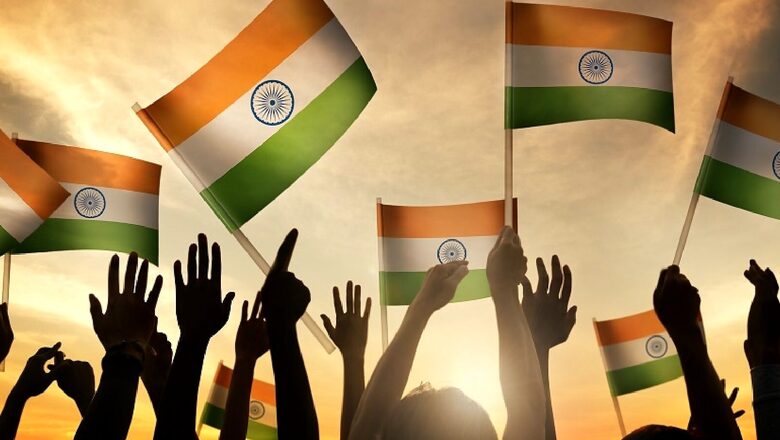
views
Few weeks back India celebrated 75 years of Independence and various activities are still being carried out by different organisations to remember our heroes as part of ‘Azadi ka Amrit Mahotsav’. In our history books, Indian freedom struggle starts with the First War of Independence in 1857 but the people of this country stood against the British even in eighteenth century. Unsung tribal fighter Tilka Manjhi raised the war cry in 1784 and he was hanged in 1785.
History of Indian freedom struggle mentions various sections of society like peasants, saints, armed forces etc. but contribution of the Indian business community has not gained much space in the discourse. Every patriot need not take sword in their hands to contribute to the freedom struggle. Indian business community took the initiative of industrialisation at a time when the British Crown was indifferent and, at times, hostile to the Indian businesspersons.
India account for 25 per cent of global industrial output in 1500 AD; gradually this dwindled to seven per cent in 1913 (source: Maddison study published by OECD). Calling 16th century India ‘the industrial workshop of the world’ is not an exaggeration because our textile industry, craftsmanship ruled the world. British colonial period had witnessed transfer of wealth from India to Britain and the occupiers enriched themselves at our cost. India had become a source of supplying raw material to Britain and importing finished goods. A country which had almost one-fourth of global GDP share in 1500 AD was reduced to a passive contributor in the British economic supply chain. Our ancient economic model of self-sustaining village-centric economy was destroyed to serve the interests of the British Crown. British interests came under threat by import of Indian goods and then legislative protection was given to prohibit or restrict import from India.
Battle of Plassey in 1757 changed the fortunes for India when we lost our freedom through British conquest; Industrial Revolution was happening in Europe at the same time. Our markets were flooded with machine-produced low-priced goods and we were forced to supply raw materials to accelerate the pace of Industrial Revolution in Europe. The Indian market was gradually opened for traders from Britain in 1813 when monopoly of the East India Company ended, which jeopardised the situation for us. This phase till the end of 19th century can be called the dark age of Indian economy where we were robbed by the Britishers and our economic set-up was dismantled.
Britishers faced revolts against the disruption of traditional Indian economy and subordination to the British economy. British laissez-faire economic policy framework got changed after the First World War when Britain’s supremacy all over the world came under threat. This was the time when the task of promoting new industries was taken up by traditional trader and merchant communities, who were driven by patriotism. The Indian business community wanted to develop the country and free India from the clutches of British capital. Indian businessmen raised capital from family and community. Bombay and Calcutta became hubs for cotton and jute textile mills, respectively.
In 1854, C.N. Davar established the first cotton textile mill in Bombay and TISCO was established by the Tata group in 1907. The number of private firms owned by Indians increased manifold between 1911 and 1921. Business houses like Tata, Birla, Walchand Hirachand, Thapar, Dalmia etc. laid the foundation for an industrialised India and their contribution needs appropriate recognition. The business community made forays in large-scale industries like sugar, paper, cement and steel. It played a critical role in the freedom struggle by providing funds to aid the movement and creating pressure on the British government over economic policies like tariffs as well as banking policies.
To put things in perspective, Britain’s trade surplus with India was $292 million in 1910, which was reversed to a deficit of $80 million by 1938 with India, Burma and Ceylon. When the world was facing the Great Depression in 1930s, India was recording an industrial output growth. In 1935, India’s industrial production was 239.7 as against the global average of 182.7. Our industrial development happened through import substitution which was due to the rise of local business. In the first decade of twentieth century, India was among the top seven cotton spindle-holding countries and the top nine pig iron producers.
Industrialists played a pivotal role in the freedom struggle and nation-building even though their contribution was not overtly visible. It’s time to remember the heroes who built the foundation of an industrialised India.
The author is a chartered accountant and public policy analyst. The views expressed in this article are those of the author and do not represent the stand of this publication.
Read all the Latest News , Breaking News and IPL 2022 Live Updates here.














Comments
0 comment